Aluminum cricle plates for making aluminium cookware
Aluminum is generally present in the form of drawing, die casting or anodizing. The stretched aluminum is formed by rotary stamping. Since this metal soft property is generally made of magnesium, copper or bronze to form an aluminum alloy to increase strength. Stretched aluminum is widely used in baking sheets, juice boards, cake muffins, soup pots, steam pots, pasta pots and even woks. Die-casting tends to be thicker than stretching, making it more suitable for soup pots, Dutch pots, and heavy baking trays. Because aluminum die-casting produces microscopically visible pores in the die-casting process, it is less thermally conductive than the stretcher. Anodized Aluminum cricle plates naturally has a layer of aluminum oxide formed by electronic processing that is hard and not easily reacted with other substances. This process is often used to make juice pots, pottery pots, baking pans and Dutch baking pans.
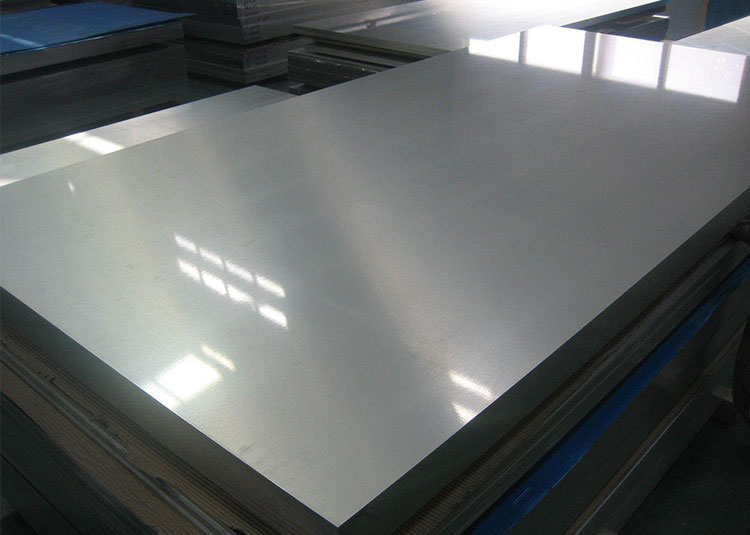
Aluminium Sheets
View Details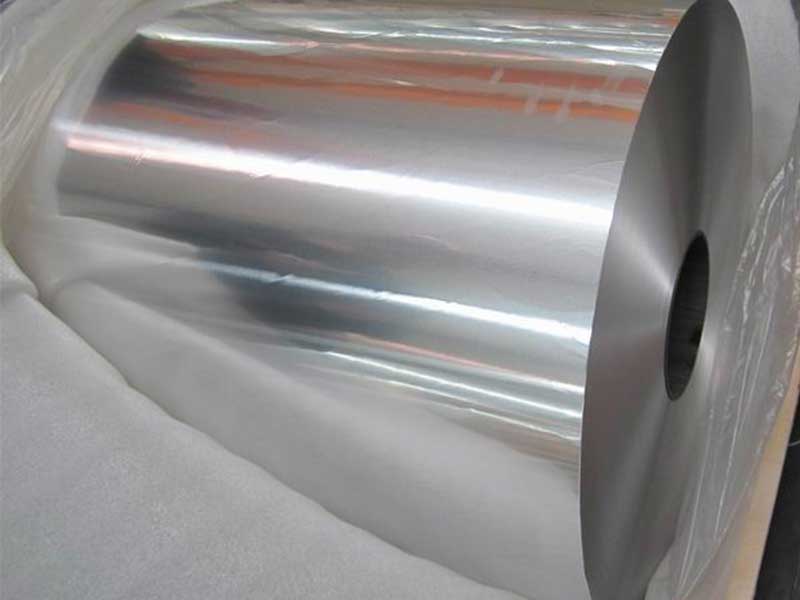
Aluminium Coils
View Details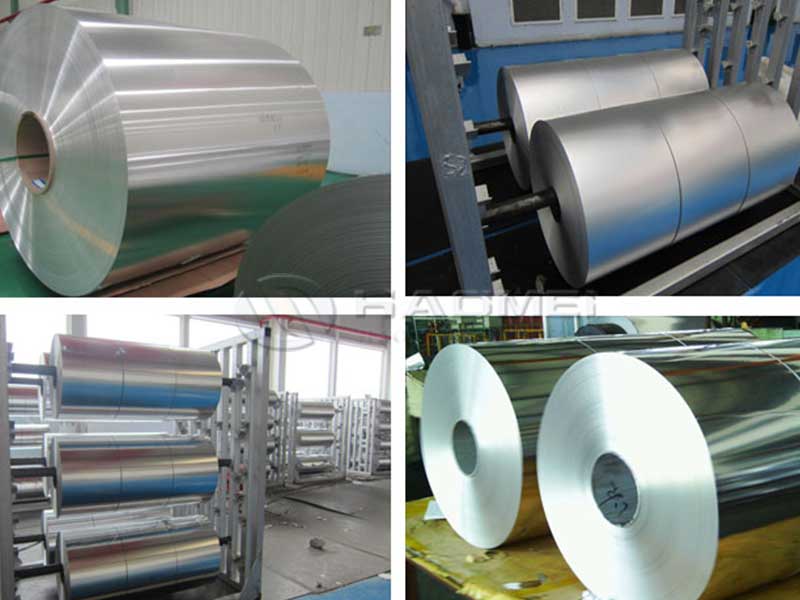
Aluminium Foils
View Details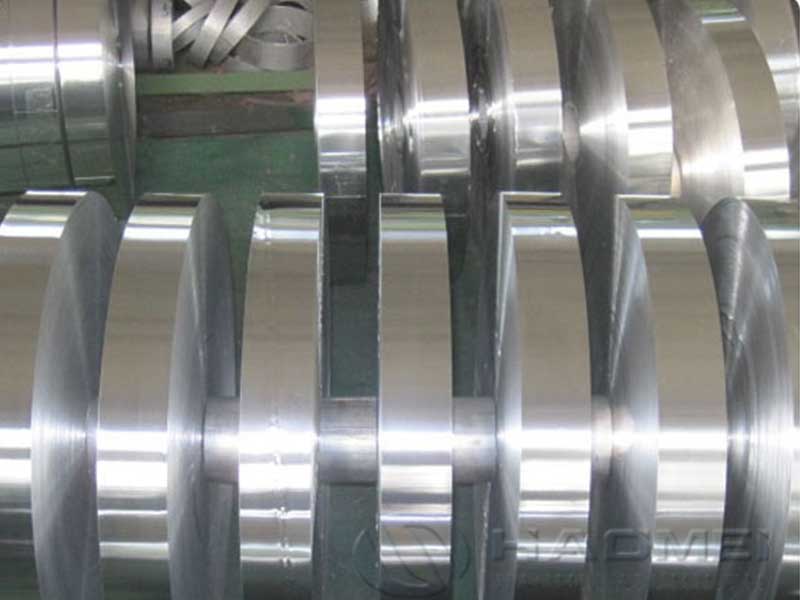
Aluminium Strips
View Details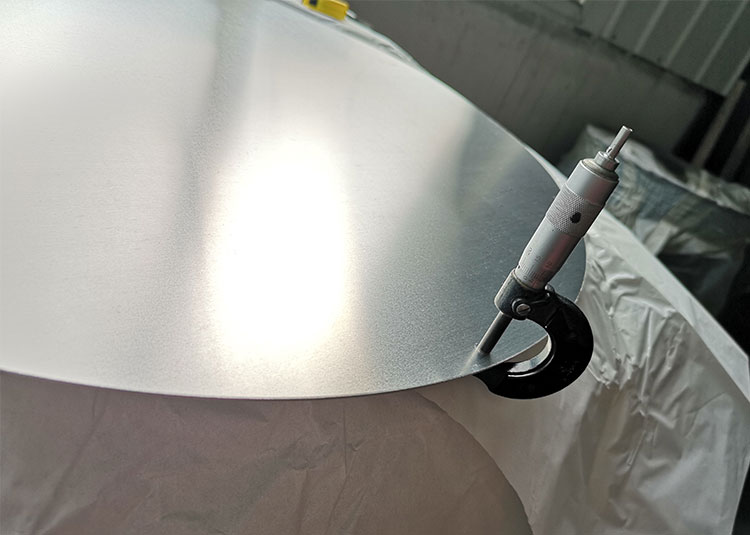
Aluminium Circles
View Details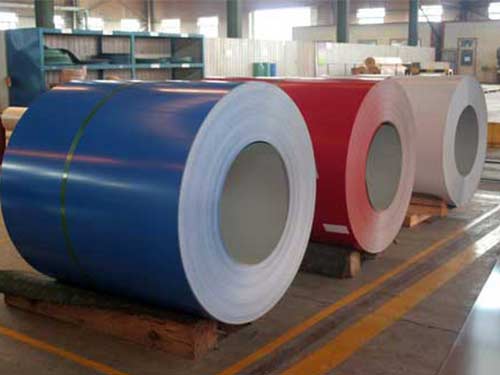
Coated Aluminium
View Details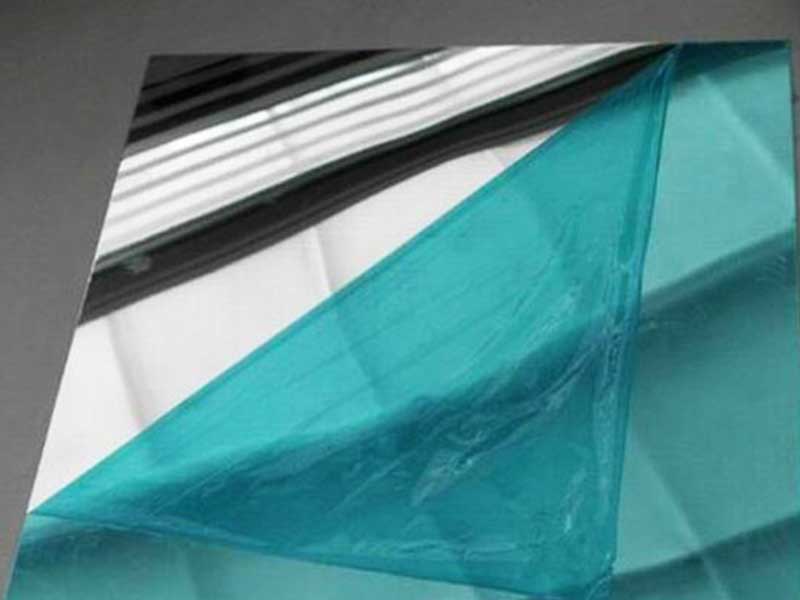
Mirror Aluminum
View Details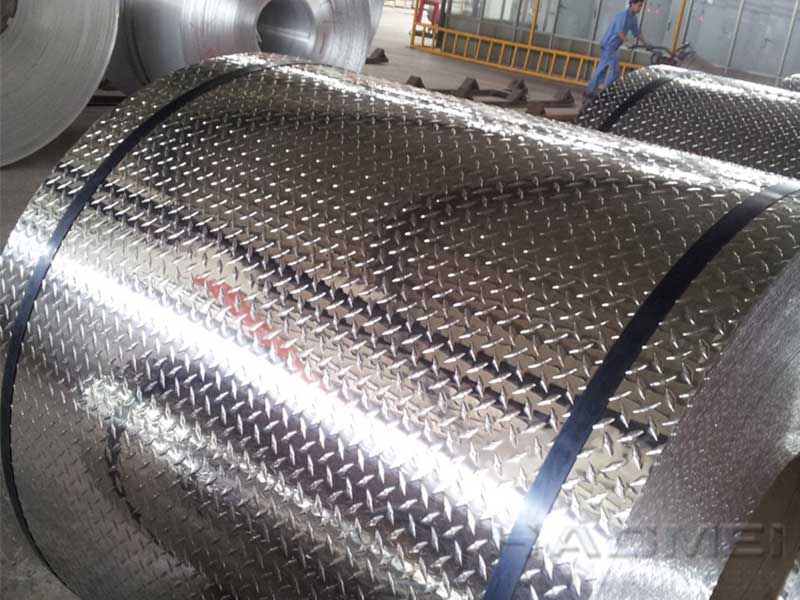
Stucco Embossed Aluminum
View DetailsAluminum
- 8079 Aluminium coil
- 6003 Anodized aluminum sheet f...
- Marble aluminum plastic compos...
- Hammertone reflective aluminiu...
- 6061 aluminum rectangular bar
- 5005 Aluminium sheet
- Bimetallic conductive transiti...
- 2219 T851 aluminum plate block...
- Aluminum Sign Blanks Sheet
- Anodized aluminum sign panel
- 3105 Aluminium coil
- aluminum jacketing stucco
- Color Anodized Wire
- 6061 aluminum plate,6061 T6 T6...
- aluminium winding wire manufac...
- Aluminum blanks for sublimatio...
- 2219 aluminium blocks
- Cosmetic Aluminum Cap Strip Fo...
- 5052 rivet wire annealing scre...
- Characteristics of Aluminum Si...